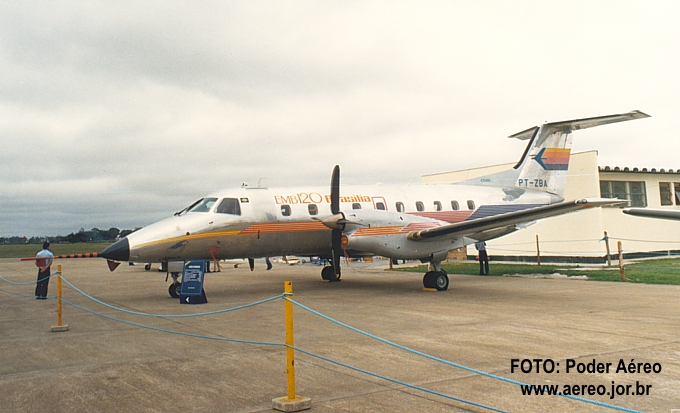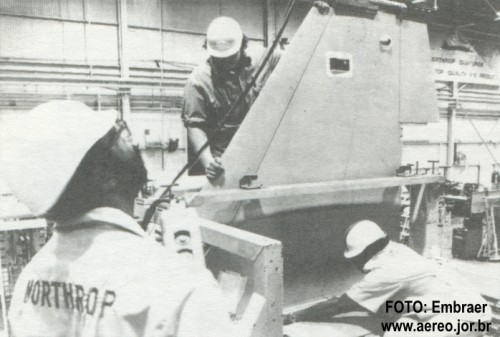Study: European Nations Buying More From Outsiders
By ANTONIE BOESSENKOOL
Published: 30 Oct 2009
http://www.defensenews.com/story.php?i= ... =AME&s=TOP
European countries are becoming more open to buying outside their borders but have a preference for buying from other European nations, a former U.S. Department of Defense industrial affairs chief said Oct. 30.
Without strategic action by the United States government, U.S. defense firms' market position in Europe will decline, said Jeff Bialos, former deputy undersecretary for industrial affairs at the Pentagon. Bialos presented findings from a DoD- and Johns Hopkins-funded study on the transatlantic defense market at the Center for Strategic and International Studies.
The study looked at defense markets in eight countries - the United States, United Kingdom, France, Germany, Italy, Poland, Romania and Sweden. It examined market barriers in each country, such as legislation to favor buying defense equipment domestically and other trade restrictions, such as the International Traffic in Arms Regulations in the United States.
In Europe, there is "movement toward inter-European buying, either directly or through cooperative programs," Bialos said, noting "what we've seen is there are new industrial policies in place in a number of these countries. ... What you see there is a tendency toward buying in a European direction. You see that in the data; you see that in the policies."
But as European nations have become more open to procuring from European companies outside their borders, that has meant not only fewer contracts for their own firms, as a percentage of their procurement, but also fewer contracts for U.S. firms, according to the study. Whereas European nations used to buy more from the United States than from other European nations, that trend is reversing, including with increased cooperative buying among European countries.
"In the absence of some strategic action by the United States, the position of U.S. firms in Europe is likely to erode over time," Bialos said. "I don't think you're going to see any real growth here for the United States."
The study is published in a new book, "Fortresses & Icebergs: The Evolution of the Transatlantic Defense Market and the Implications for U.S. National Security Policy," by Bialos, Christine Fisher and Stuart Koehl.
The "iceberg" of the book's title is a concept that says whereas the United States and European countries may have different platforms (icebergs), moving down the supply chain reveals more sharing of suppliers (the icebergs are connected beneath the waterline). There are some joint ventures across the Atlantic for major subsystems like radars, more integration and cross-ownership among suppliers for lesser subsystems like flight controls, and an even more integration for components, like computer chips.
The fortress refers to the demand side of the market and protectionist tendencies on either side of the Atlantic. Whether the European Union becomes its own fortress as European nations trade buying nationally for more openness to buying from other European nations is a concern, the studies authors said.
EU'S ROLE
The study also concluded that big changes are happening in the European Union as it merges and coordinates the roles countries take individually as defense goods buyers. The authors cautioned that the United States has to address the growing role of the EU in defense trade and not rely solely on cooperation through NATO.
Of the eight countries studied, Sweden is the country most open to competition from other countries for its defense programs, according to the study. Countries were ranked on openness, transparency and competition in procurements, among other things. Sweden has no government-owned defense companies, does not apply rules to prefer buying from national companies, and has a defense strategy to upgrade and buy off-the-shelf products, Bialos said. The United Kingdom and the United States came in second and third. Romania is the least open of the eight, according to the study.
In contrast to negative trends for U.S. firms in Europe, prospects for European firms in the United States are more positive, as there is increased evidence of openness of the U.S. defense market to European firms, according to the study. The Obama administration's procurement policies, such as its emphasis on affordability and competition, are positive signs for European companies wanting to compete in the United States. However, European government officials and companies raised ITAR as a concern. The authors traveled to the countries studied and interviewed 200 people, almost all of whom said ITAR was a significant barrier to transatlantic defense trade.
"Everybody tells us that ITAR slows the speed of obtaining licenses, limits the release of technology, creates the business uncertainty and makes the process very difficult," Bialos said. "European countries are very concerned about their operational autonomy being limited by not having access to technology, by having a 'black box' and not being able to change it during an exigency. They're worried about program delays and risks."
As a result, some European governments are looking for goods that aren't covered by ITAR rules, which restrict the sale of weapons that contain U.S.-made parts.
More open transatlantic defense trade is important to the United States for several reasons, Jacques Gansler, former undersecretary of defense for acquisition, said at the CSIS event. A more open market will result in more effective weapons systems for the United States, more interoperability with allies as all future engagements for the United States will likely be multinational and lower costs, Gansler said.
"I think everybody universally believes that the dollars available for national security are shrinking" in the United States, Gansler said. "As a result, we need to get higher performance at lower cost. How do we do that? One of the main ways we're going to do that is with increased international competition - that means transatlantic industrial teams competing."


